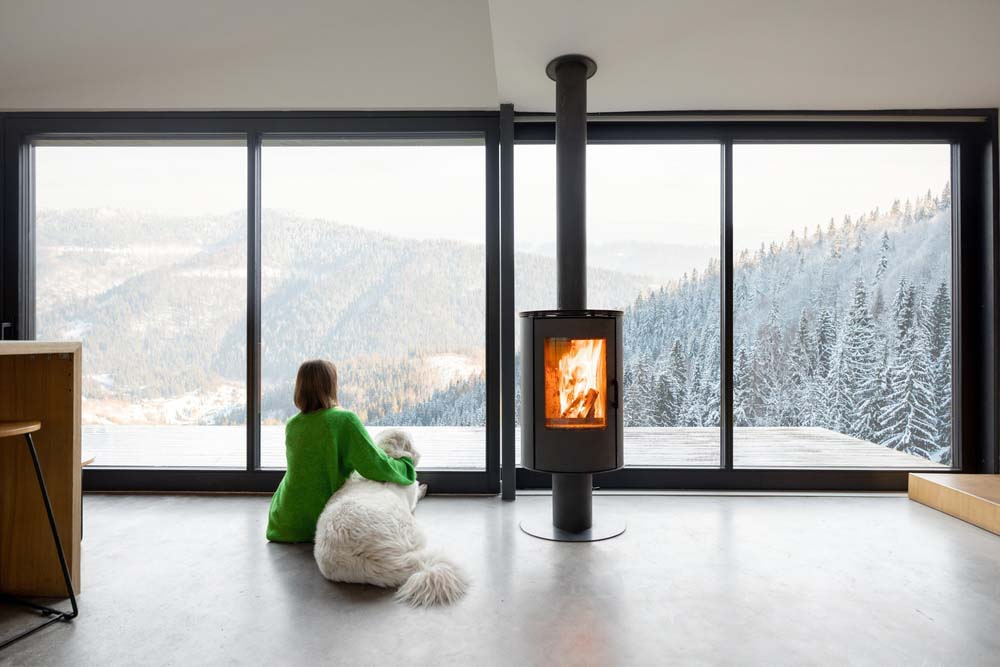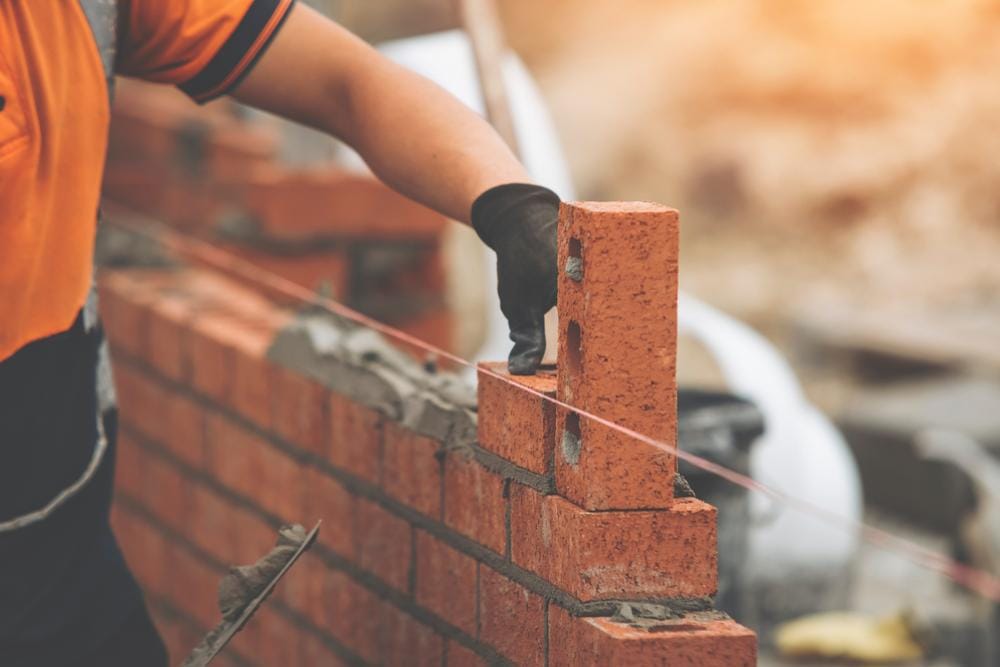
People in construction and architecture must set precedents for more eco-friendly fireplaces in buildings.
Wood fires are the most polluting and toxic ways to warm homes and set the ambience. Normalising alternatives is necessary for decarbonising, creating awareness around energy use and saving natural resources. What should professionals install to release less particulate matter and rejuvenate the planet’s air quality?
Choosing eco-conscious fireplaces
The fireplace must be sustainable before the impacts of chronic shifts and energy-saving efforts become meaningful. Masonry heaters, electric fireplaces and everything in between uniquely impact homes and environmental wellness.
Natural gas fireplaces are often touted as more eco-friendly than wood-burning variants because they emit hundreds of thousands of tonnes less particulate matter. PM 2.5 is a dangerous air pollutant, so much so that California banned wood burning because it compromised outdoor air quality.
However, natural gas releases atmosphere-destroying methane and it is equally vital to remove air-polluting dependence on fossil fuels. Flueless options are available, but they rely on resource-intensive parts like catalytic converters, which make them destructive.
Electric, biomass or bioethanol fireplaces are some of the cleanest and most eco-friendly setups for numerous reasons. Renewables power each type, making it a low-emissions and minimally polluting fuel source. Many include vents and filters to clean and control what little byproducts arise. It is critical to recognise that discourse claims biomasses like wood pellets actually burn less cleanly than coal. Construction professionals must adhere to the most recent research on the best strategies for stoking fires.
Lighting it up sustainably
A sustainable yet robust infrastructure is essential for maximising green fireplaces. How can construction and architecture experts reinforce the efficacy of classical and modern fireplace designs and styles?
A bioethanol fireplace can burn purely renewable resources, though the fuel is occasionally a mixture of traditional ethanol, which relies on petroleum. Professionals should verify complete access to Earth-friendly fuels, even though they are better than wood-burning fireplaces.
However, if a household still uses a wood-burning fireplace, there are ways to make it less destructive to the environment. Professionals can educate homeowners or include directional guidelines for fireplace best practices, such as:
- Ensuring enough oxygen is present to catalyze combustion and help ventilation.
- Burning high-quality wood that is dry, seasoned and well-split.
- Discouraging burning trash, plastics and coated products.
- Prioritising slow-burning woods like oak.
- Receiving inspections on ventilation systems for efficiency.
Minimising escaping heat
Part of fireplace effectiveness is weatherising. Buildings heat faster when well-insulated and no cracks exist for heat to escape. This strategy makes any fireplace greener, regardless of the power source. It allows inhabitants to kill the flames faster and cut fuel use while maximising radiant, residual heat.
The most impactful place to start is the building’s envelope. Architects and construction workers must reinforce the walls, attic, basement and crawl areas with long-lasting, resilient insulation made of eco-friendly materials like cellulose. Reviewing the chimney for structural integrity is also essential.
Here are other small yet mighty ways builders and industry experts improve a building’s heat retention:
- Weatherstripping movable elements
- Caulking stationary building parts
- Employing passive solar design
- Inspecting ductwork and dampers
- Replacing dirty filters, like the furnace’s
Keeping the place clean
Sustainable fireplace maintenance and care require cleanliness. Particle buildup is a health and safety hazard, which could catalyse fire-spreading depending on the fireplace type. Debris- and creosote-free pathways promise more equal heat distribution and better value from each minute of warmth.
Professionals must recommend that fireplace owners schedule regular cleanings and inspections. The point is to verify issues like structural gaps caused by ash or residue do not harm the fireplace’s longevity, ventilation or sustainability, or allow pests to enter unexpectedly. Owners should also be encouraged to repurpose ash and other multipurpose byproducts.
Eco-friendly fire is achievable
Builders can continue installing much-desired fireplaces, despite wood not being the best burning material for the planet. The appropriate materials, foundation and habits create more ethically minded fireplace habits to eliminate the wasteful and hazardous variants of the past.











